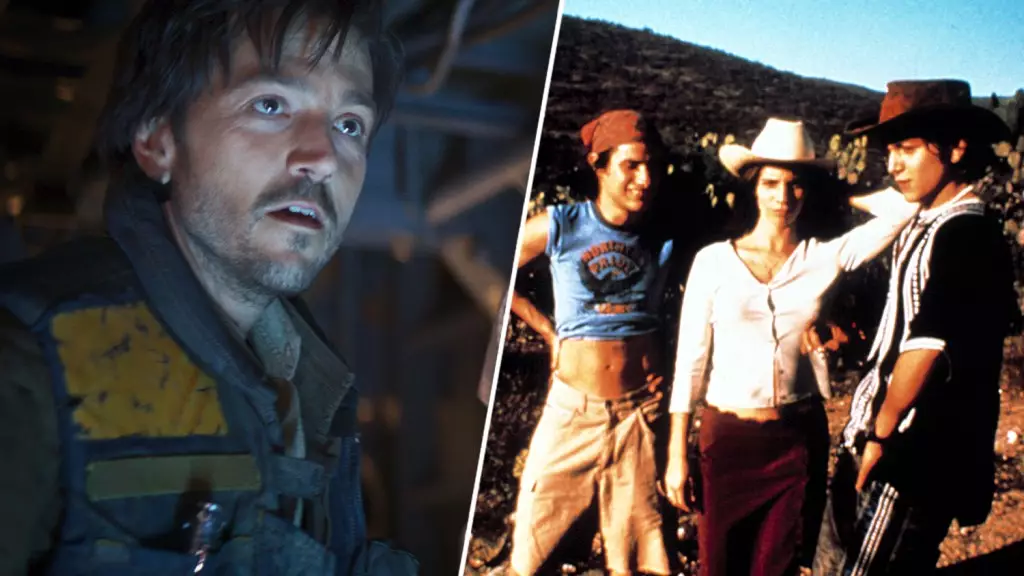Diego Luna’s ascent into the expansive universe of Star Wars encapsulates a journey replete with nostalgia, creative evolution, and an unforeseen twist of artistic influence. The actor, who garnered early acclaim in Alfonso Cuarón’s groundbreaking film *Y tu mamá también*, found himself at a pivotal intersection when presented with the chance to play Cassian Andor in *Rogue One: A Star Wars Story*. What makes this narrative even more fascinating is how his past work—saturated with nuance and an intimate portrayal of human connection—permeated the ideology behind a franchise renowned for its epic battles and fantastical creatures.
The Shadow of Cuarón
Cuarón’s cinematic style—marked by a handheld camera technique that immerses audiences in raw, relatable experiences—has seemingly managed to escape the confines of his own projects, stretching its influence into the heart of a sci-fi behemoth. When Gareth Edwards, *Rogue One’s* director, initiated a conversation with Luna, he drew parallels between the film’s intended realism and the atmospheric authenticity of *Y tu mamá también*. It’s as if Cuarón’s signature approach quietly challenged the status quo of a franchise often criticized for its traditional and formulaic storytelling.
This innovative approach—melding a documentary feel with the Star Wars mythos—has breathed new life into a universe that, despite its legendary status, found itself ripe for reinvention. In this way, Luna’s candid reminiscence about his childhood fandom and the dark side both reinforce and complicate the tapestry of Star Wars. He admits to harboring a preference for the villainous characters, an inclination that speaks volumes about complexity in storytelling and character development, often absent in more conventional narratives.
A Liberating Approach to Storytelling
Edwards’ vision to encourage actors to improvise and deeply inhabit their characters reflects a broader, liberal artistic ethos that pushes boundaries and defies expectations. It confronts the entrenched stereotypes of what a space opera should encapsulate. Luna’s willingness to embrace a character with such depth amidst a galaxy far away provides a glimmer of hope for a future where diversity in storytelling becomes the new norm rather than the exception.
In a cultural landscape where escapism reigns too often supreme, the allure of realism and genuine connection feels like a fresh breath. While Star Wars is celebrated for its imaginative courage, the dialogue around *Rogue One* highlights a pivotal shift—one that acknowledges the need for human stories against a cosmic backdrop. The desire for authenticity in character relationships resonates profoundly in an era where audiences seek more than just spectacle; they crave meaning.
The Dark Side of Nostalgia
However, this evolution is not without its pitfalls. There exists a risk that leaning too heavily into realism could dilute the mythos that fans hold dear. Balancing the fantastical elements while creating relatable characters is a delicate act, and fear lingers that the heart of what makes Star Wars iconic could be overshadowed by a relentless pursuit of authenticity.
As Luna reflects on his journey from a young fan playing Jedi to carving his niche within a prestigious franchise, it becomes clear that the gravitational pull of nostalgia must be tempered with innovative storytelling. The legacy of filmmakers like Cuarón can drive this forward but also demand rigorous scrutiny. For the future of Star Wars, finding that balance may just be the defining challenge that lies ahead.



Leave a Reply